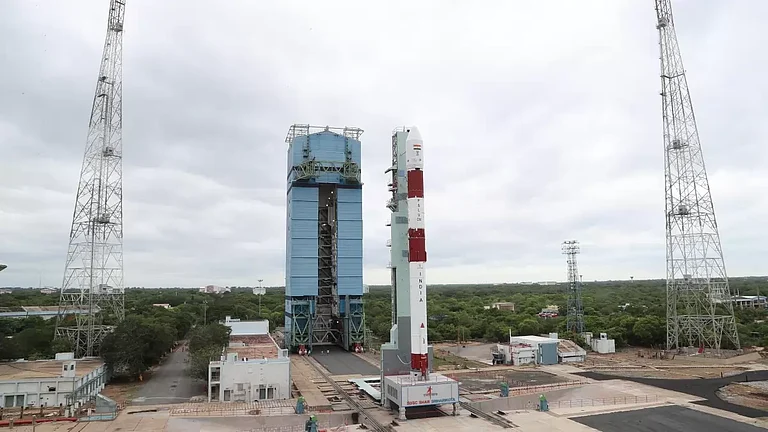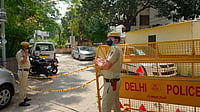In a latest the Indian Space Research Organisation (ISRO) has captured high-resolution images of the Chandrayaan-3 lander, Vikram, and the Pragyan rover resting on the lunar surface after the successful completion of their mission.
The latest set of images is said to have been captured on March 15, 2024. These images have been processed by independent researcher Chandra Tungathurthi. The images show the lunar in more detail than the initial images shared by ISRO shortly after the historic landing on August 23, 2023.
It is said the latest set of images was obtained from a reduced altitude of approximately 65 kilometres, allowing for a resolution of about 17 centimetres per pixel, compared to the initial post-landing image captured at the regular altitude of 100 kilometres with a resolution of 26 centimetres per pixel.
The images show clear view of the Pragyan rover, the small Indian rover that roamed on the Moon to become the first to do so near lunar south pole.
ISRO has captured the Moon's surface at unprecedented resolution levels of 16-17 centimetres, which is said to have been achieved by lowering its orbit to 60-65 kilometres — significantly closer than the usual 100-kilometre orbit that offers a resolution of around 25 centimetres.
The Chandrayaan-3 mission, which successfully landed on the lunar south pole on August 23, 2023, marked a significant milestone for India, as it became the first country to achieve a soft landing in that region. India also became the fourth country to softly land a spacecraft on the Moon, after Russia, US and China.
The Vikram lander and the Pragyan rover performed numerous experiments on the Moon for 14 Earth days, contributing to our understanding of the lunar environment and paving the way for future space exploration endeavours.
"I am personally very excited to witness how ISRO is stretching its capabilities beyond already impressive limits," Chandra wrote in his blog with the pictures.


























